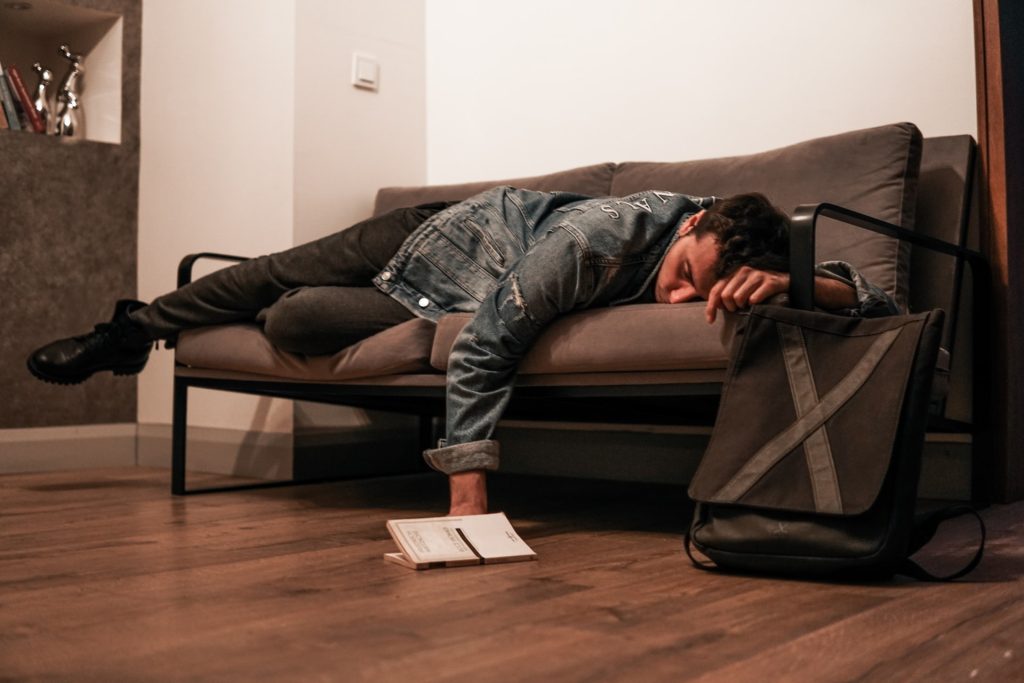Physical Activity, Less Sitting Reduces Risk of Sleep Apnoea

Higher levels of physical activity and fewer hours sitting still have been linked with a lower risk of sleep apnoea in a new study.
Researchers studied information from three different databases. These databases had collected health information on men and women using tests and questionnaires over several years. In this study, researchers looked at cases of sleep apnoea that had been diagnosed by a doctor, the amount of physical activity a person completed each week and how much time a person sat still while watching TV or working.
Drawing on the database, the study found 8733 cases of sleep apnoea (6652 women, 2081 men). Across all three databases, it was found that higher levels of physical activity were linked to lower levels of sleep apnoea. Fewer hours of sitting while watching TV or while working was also linked with lower levels of sleep apnoea.
The study also noted that there was a strong link between low levels of activity and long hours sitting in women, as well as those who were overweight or obese.
According to its authors, this is the largest study of its kind that looks at the link between sleep apnoea and physical activity and the number of hours sitting down. The findings support the benefits of maintaining an active lifestyle, and avoiding sitting for long periods of time, to help to reduce the risk of sleep apnoea.
Source: European Lung Foundation


